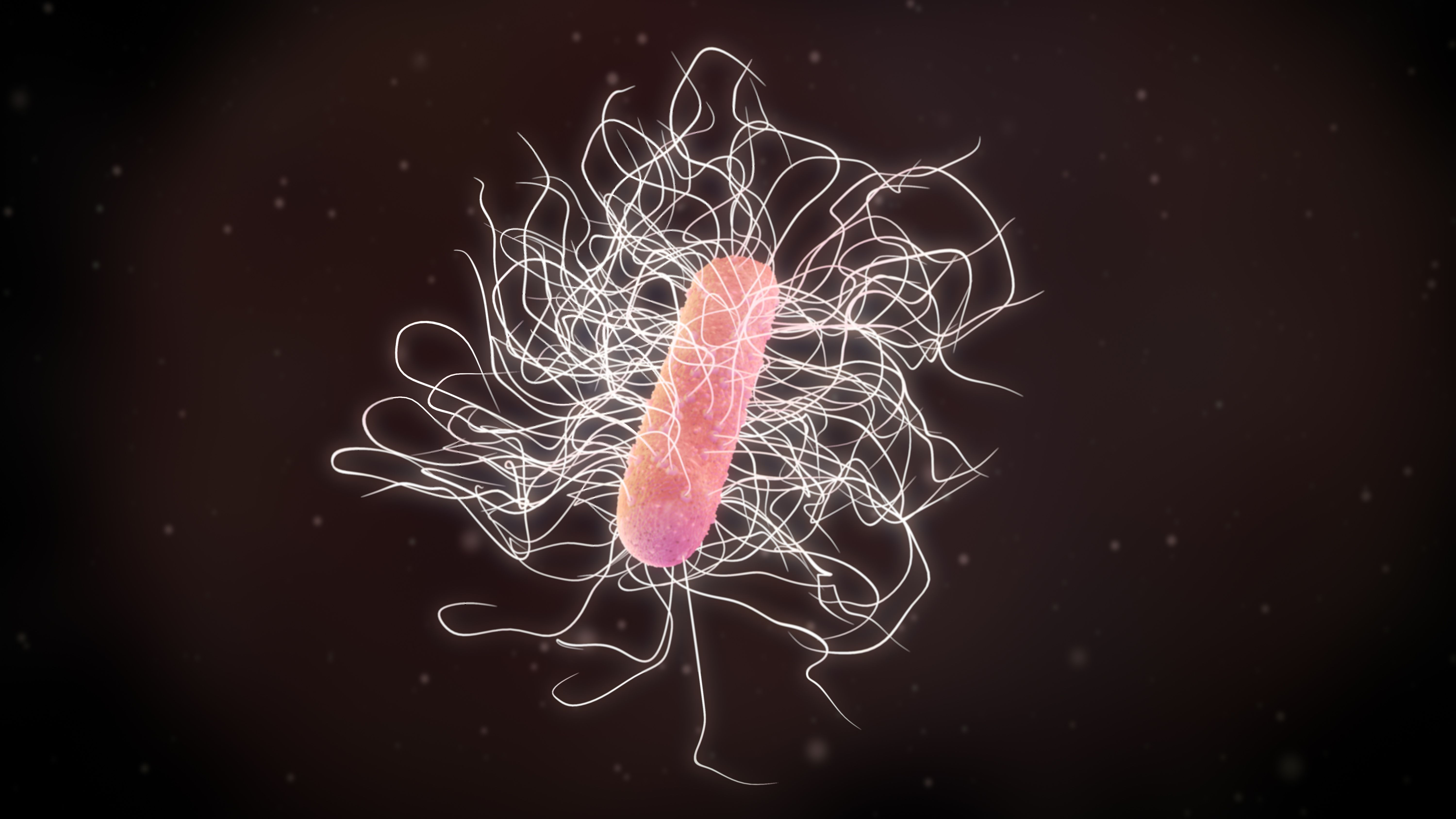Article
Study Suggests C. Difficile May Be a Foodborne Illness
Author(s):
The 2 most hypervirulent strains of Clostridioides difficile are associated with the consumption of pork and shellfish.
Patients who are vulnerable to Clostridioides difficile (C. difficile) infection (CDI) should not consume or handle shellfish or pork, according to a recent review published in Foods. Various foods increase the risk of infection, however, pork and shellfish have a higher risk of spreading hypervirulent strains of ribotypes that cause human illness, such as CDI.
Credit: gaetan - stock.adobe.com.

“Many food isolates carry the virulence factors required for human infection, and there is no conceivable reason why food is not a source of these pathogens,” the investigators wrote in a recent paper.
The investigators conducted a review of evidence that supports the hypothesis that C. difficile could be a foodborne illness, examining CDI, epidemiology, ribotypes, virulence, the environment, and food and animal sources. CDI causes pseudomembranous colitis and diarrhea in patients on antimicrobial therapy, and it carries a high mortality and morbidity rate. In the 21st century, this once hospital-associated infection shifted to a community-acquired infection because of ribotype 027 (RT027), a hypervirulent strain associated with human illness.
Community-acquired CDI can affect patients who do not have a recent history of hospitalization, and it now accounts for 41% of total CDI cases in the United States. Currently, community-acquired CDI is largely driven by hypervirulent ribotype 078 (RT078), the second most virulent ribotype.
RT027 works by increasing the production of toxin A (encoded with tcdA gene) and toxin B (encoded with tcdB gene), 2 major virulence factors in C. difficile. They can disrupt a cell’s cytoskeleton, stimulate cytokine production that inflame the intestinal cells, and can increase inflammation, cell apotheosis, and the translocation of commensal bacteria.
C. difficile endospores can also be in animal waste, wastewater sludge, soil, manure, and compost, which can contaminate vegetables, fruit, meat during slaughter and processing, as well as seafood because of contaminated waters, allowing the environment to be a direct and indirect route for the spread of C. difficile to humans.
Regarding meat, C. difficile is in a range of farm animals; however, it is most prevalent in pigs and, particularly, suckling piglets. One study found C. difficile present in 45% of suckling piglets.
Store-bought raw pork meat has a contamination rate of 41% compared to the 6% found in raw lamb, according to a different Boer et al. study. In addition, the hypervirulent ribotypes RT027 and RT078 were associated with the consumption of pork. These findings suggest that C. difficile can be a foodborne illness, according to the authors of the current study.
Decreasing antibiotics in food animal production could reduce C. difficile; however, food demand is growing worldwide, along with the use of antibiotics. The current study suggests that use of antimicrobics in animal husbandry is projected to increase 67% by 2030.
Elderly people are also the most vulnerable to severe CDI because they have decreased immune response and less good intestinal microbiota. Others at risk are those who use/misuse broad-spectrum antibiotics. The most effective current strategy to combat CDI is “to limit the use of broad-spectrum antibiotics while advising potentially vulnerable patients to avoid high-risk foods such as shellfish and pork,” the study authors wrote.
Reference
Bolton D, Marcos P. The Environment, Farm Animals and Foods as Sources of Clostridioides difficile Infection in Humans. Foods. 2023; 12(5):1094. https://doi.org/10.3390/foods12051094
Newsletter
Stay informed on drug updates, treatment guidelines, and pharmacy practice trends—subscribe to Pharmacy Times for weekly clinical insights.






